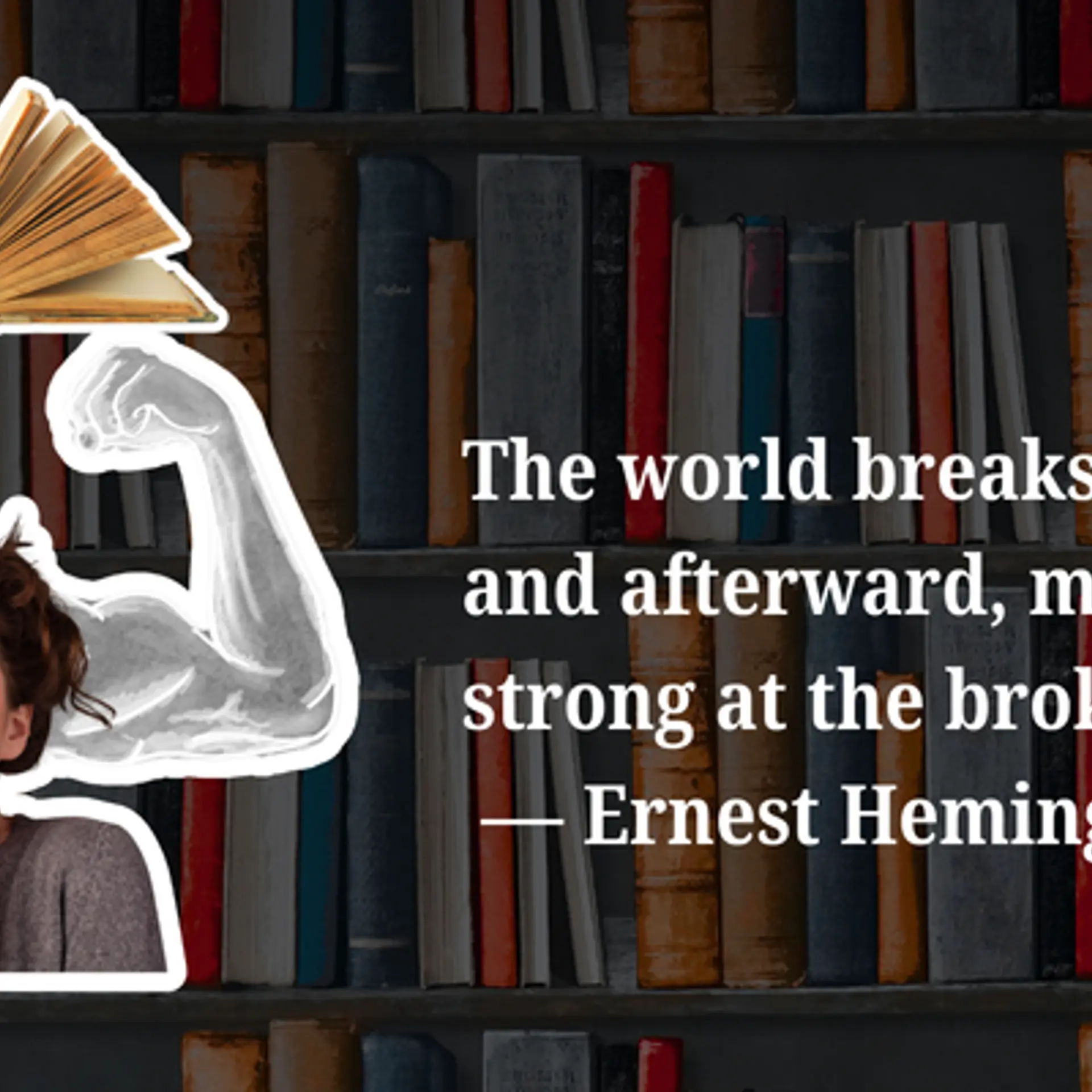Inside Innosight, Disrupting in the BoP
Editors’ note: The ThinkChange India staff is committed to providing our readers with first-hand insights from groundbreaking changemakers. Readers will be able to see other conversations under our TC-I Changemakers and Change-Agent tags.
This week, Vinay sat down (over the phone) with Dheeraj Batra of Innosight Ventures, a unique venture capital firm that employs the concept of stimulating disruptive innovations to create scalable business models targeted to the bottom of the pyramid. Batra is currently a Venture Director in Innosight’s Mumbai office.
Vinay Ganti: First off I want to thank you for taking time to speak to our readership. Let us start with a brief description of what exactly Innosight Ventures does?
Dheeraj Batra: Innosight Ventures is a firm focused on incubating disruptive ventures. The investment strategy is based partially on the work done by a Harvard Business School professor named Clayton Christensen, whose research demonstrates the ability of new entrants to successfully enter a market through disruptive innovation. Basically, the theory states that incumbents will innovate faster than their customers’ demands actually change, resulting eventually in the development of a product or line of products that are too expensive, powerful or robust for the actual needs of the customer. In doing so the incumbent has unknowingly made it possible for a lower-cost, simpler, less fancy alternative for those customers lacking a need or means to purchase the highest end product. (Editor’s note: For more information on how exactly Innosight identifies and exploits such opportunities, click here).
VG: How is this being used in India?
DB: In India we are using this approach to build socially-minded, disruptive ventures . Presently, we are incubating three ventures in India which are at various stages of development. Our ultimate goal is to spin these ventures out as independent entities once ready.
The most developed venture so far combines is one called Village Laundry Service. This business essentially utilizes the proven kiosk system that has been so successful for mobile phone operators and instead focuses on providing high quality, quick laundry services to customers in urban and semi-urban areas. At the heart of this is the use of a franchise model that enables entrepreneurs, usually former Dhobiwallas (who traditionally pick up and wash people’s clothes by hand) to make twice their previous monthly income. Moreover, the kiosks benefit from using proprietary technology designed to ensure quality and consistency of service.
VG: Could you speak to how you got to this specific business model? Specifically if one looks at the prototype for the kiosk itself, it does not seem like something you could get on the first try.
DB: Definitely. One of the fundamental components of our approach to investing is the ability to rapidly and cheaply test a series of hypotheses that continually modify the business model until we finally find one that works. For example, at the outset we wanted to use air drying for the clothes as this is the cultural norm in India. Unfortunately the humidity combined with seasonal monsoons soon proved such a practice to be unusable if the franchisee was to make money year round. So we had to redesign the rig to include a novel, patented drying unit so that each kiosk could dry the clothes in a timely manner regardless of weather.
Another key aspect is power consumption. We need to make sure that it does not use up too much power during the course of a normal day as that eats into the profits of our franchisees and also limits their mobility. We have entertained the notion of installing solar panels on the top of each rig, and we are also looking for such iterative changes to continuously improve a product. One of Innosight’s major philosophies is to not wait for a product to be perfect before launching it. Instead we look to field test a new idea as cheaply and quickly as possible while constantly tweaking it to better suit the customers’ needs.
VG: Underlying much of this approach is the obsession with doing things as cheaply as possible. Can you speak more to that?
DB: We fund everything right now from an internal fund and so we have a strong incentive in keeping things as low cost as possible. Typically, we spend $250K to prove a concept and then target to break even with a second round investment of $1M.
VG: Where do you see the next Innosight ventures coming from? How does that actual origination process work? I understand the process after the initial idea, but what about the idea?
DB: There is no magic formula for how we come up with these ideas. For India, as you can imagine, the list of opportunities is a long and diverse one. For our initial set of ventures, we focused on areas we knew something about from our past experiences. For example, Hari Nair, the Partner in India who spearheaded the VLS venture, spent 14 years at P&G working in their Laundry franchise throughout the world. We leveraged his expertise and knowledge to come up with the inital VLS concept and then iterated from there.
The business plans we write are concise and usually consist of no more than 10 to 20 slides in a standard PowerPoint format which everyone on the team uses. Over time, we have become better at identifying promising ideas and, in fact, over the last year, we have evaluated over a 100 business ideas.
VG: Thank you for taking the time to educate TC-I on Innosight’s unique approach to innovating for the BoP. We wish you all the best in your future endeavors.






